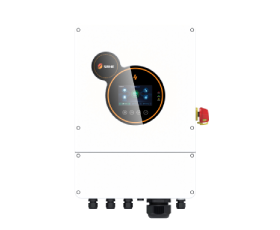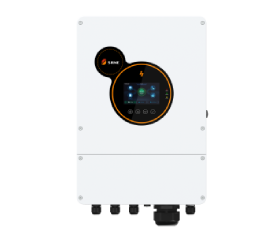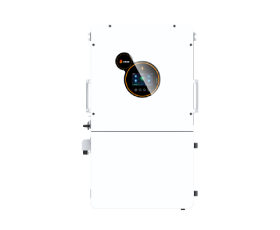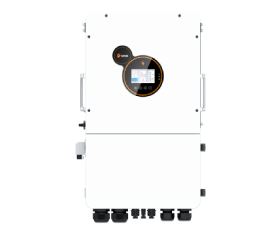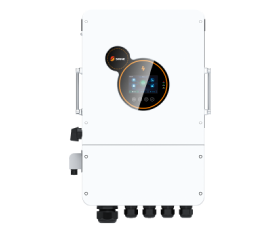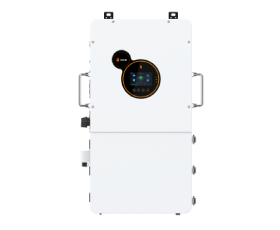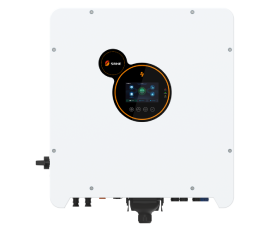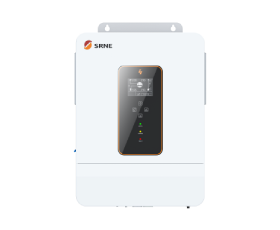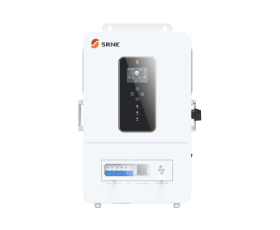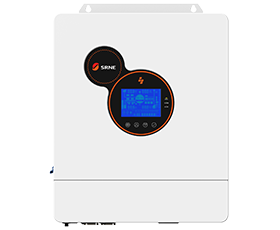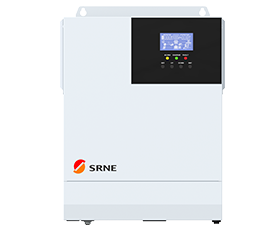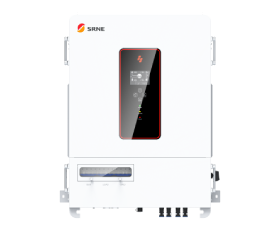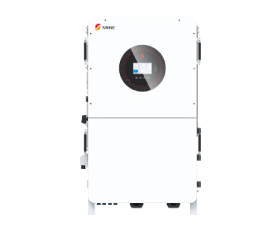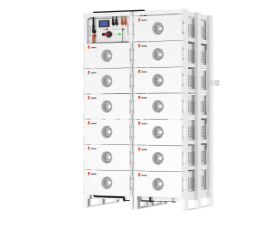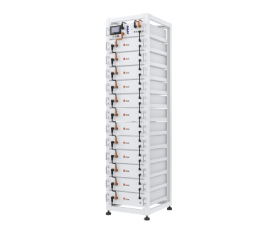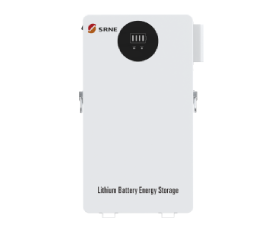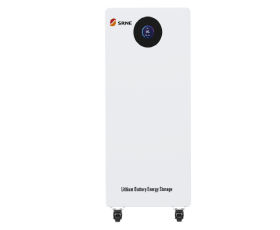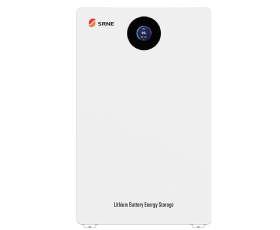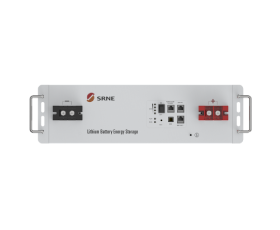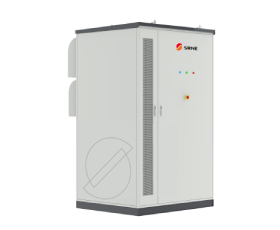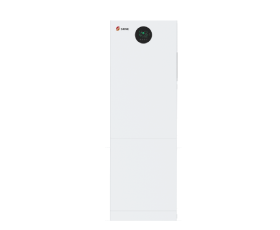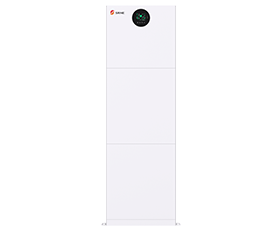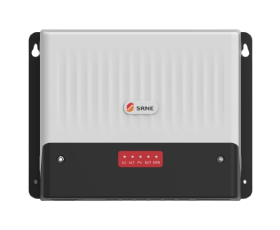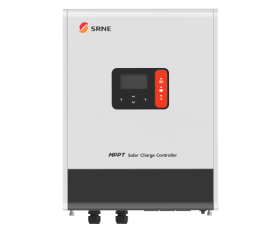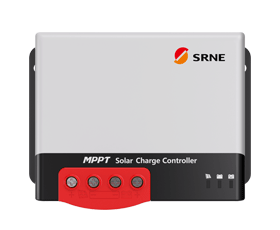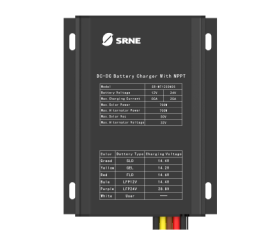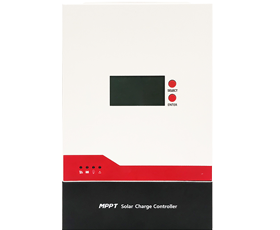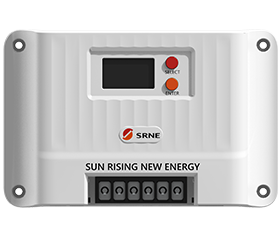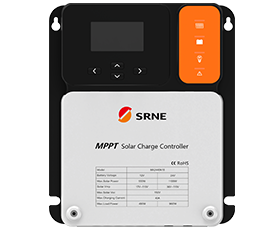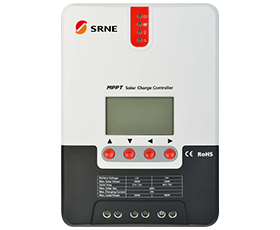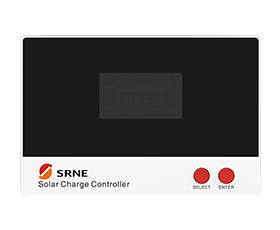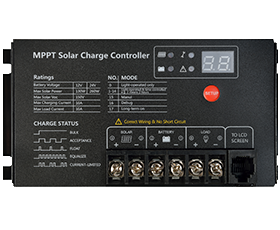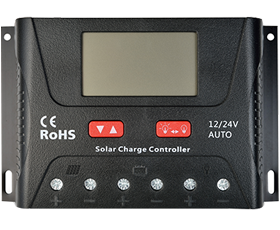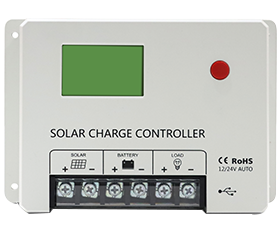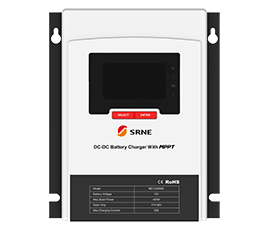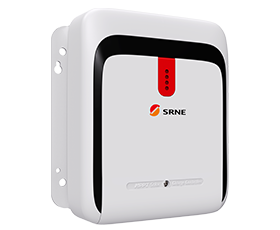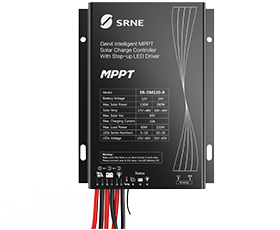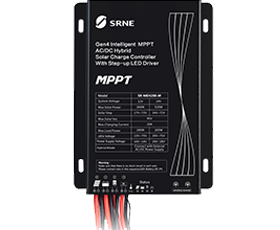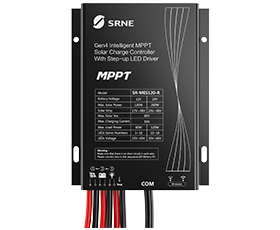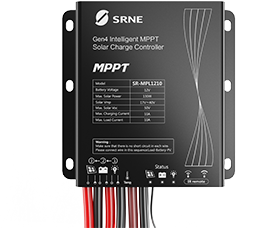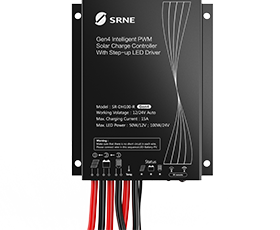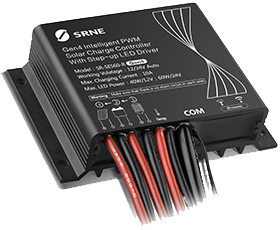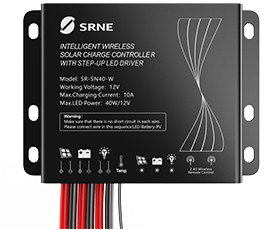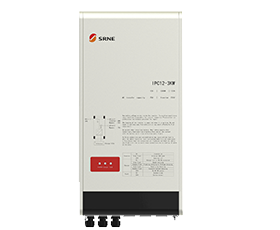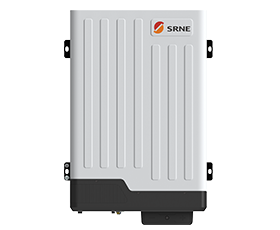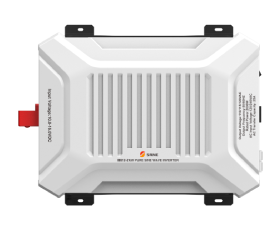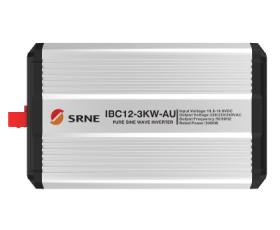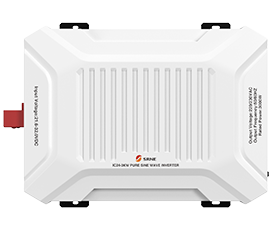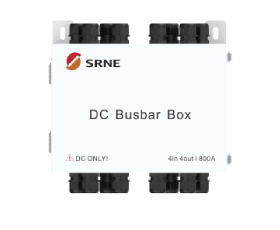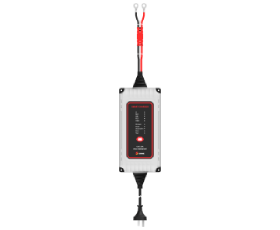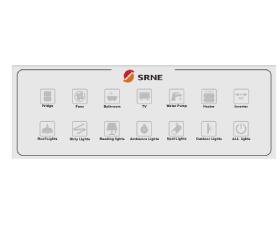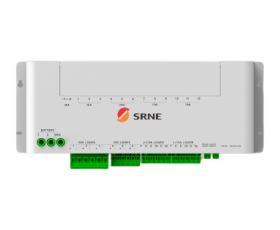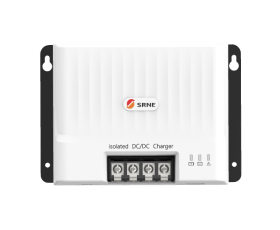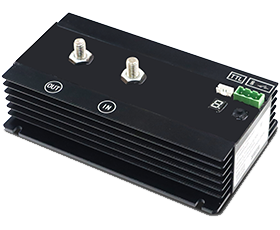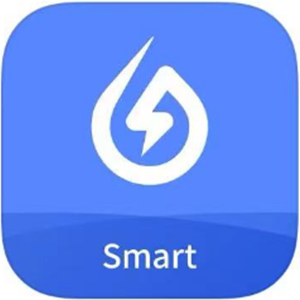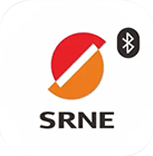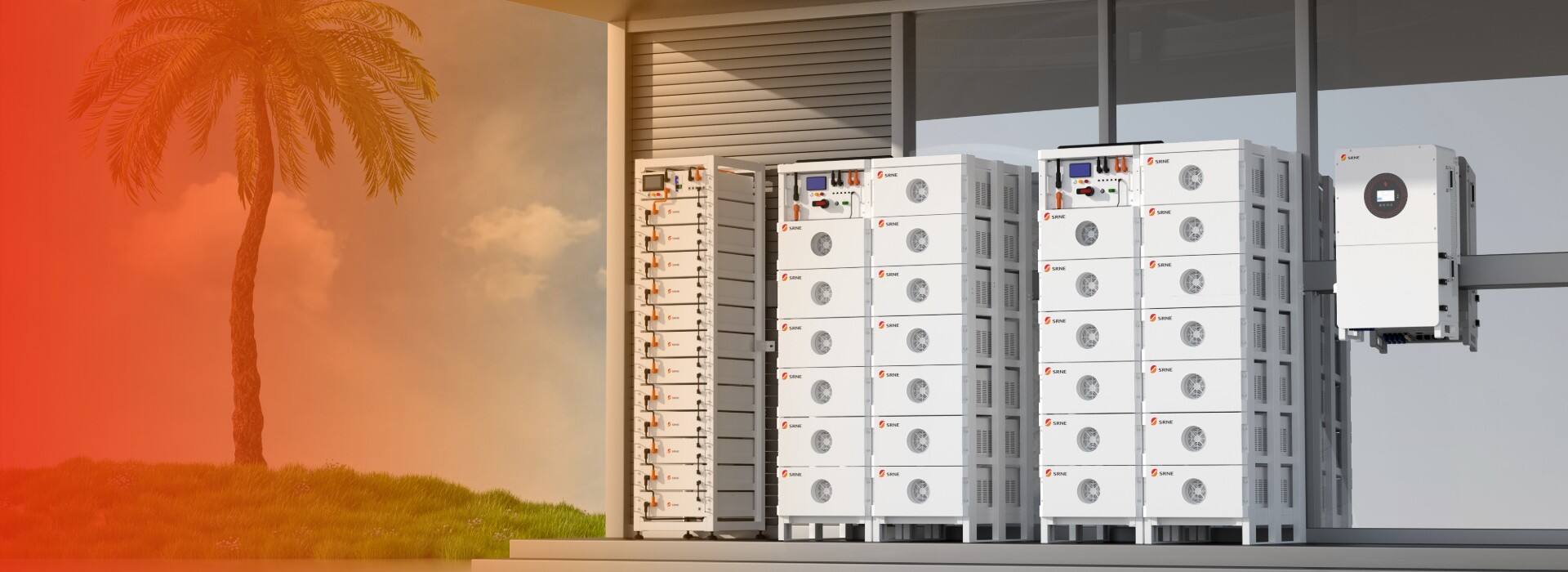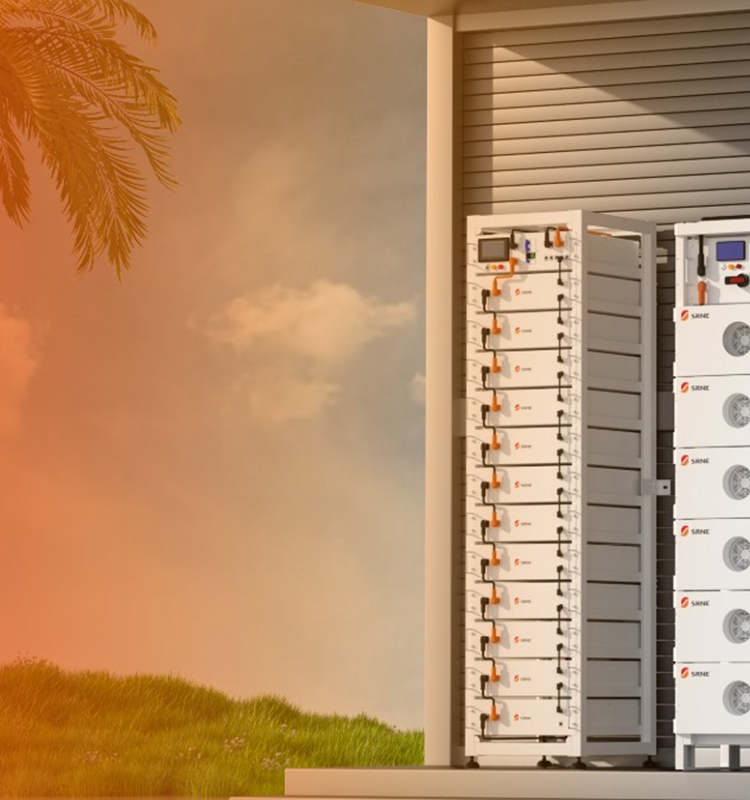Why Choose a Commercial and Industrial Energy Storage Inverter?
C&I energy storage systems serve factories, campuses, and commercial buildings with high-power, high-capacity storage. They optimize energy use, shave peaks/fill valleys, provide backup, and support frequency regulation and ancillary services.

Ensuring Business Continuity
When the grid fluctuates or fails, a c&i energy storage enables seamless transfer, handles unbalanced industrial loads, and works with diesel gensets to keep critical operations running.

Industrial-Grade Safety & Protection
Built for harsh sites, a c&i battery storage adds DC arc-fault detection, AC/DC surge protection, and weather-resistant design to reduce risk and protect assets.

Dual Battery Independent Management
Two independently managed battery inputs let you mix new and old packs; each 75A input delivers 50kW, dual inputs reach 150A and fit 100/200/280/314Ah cells—lowering upfront cost and enabling phased expansion with a C&I Storage Inverter.
C&I Energy Storage Inverter Use Cases
C&I energy storage inverter supports peak shaving, backup, renewables, demand response, microgrids, and power quality—delivering reliable, scalable energy for C&I facilities.
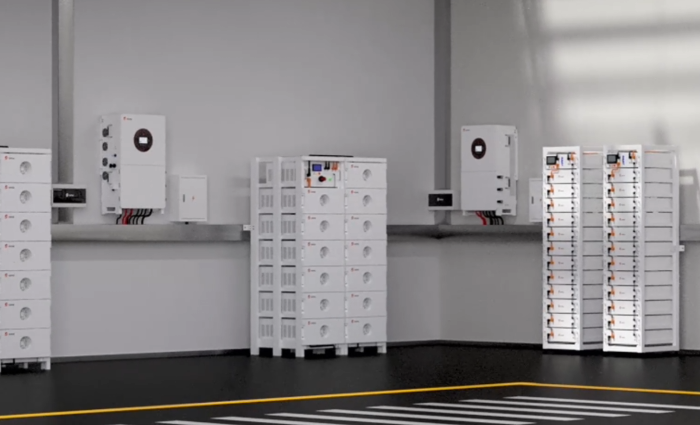
Peak Shaving & Energy Cost Management
Commercial and industrial energy storage technology arbitrages time-of-use tariffs—charging off-peak, discharging at peaks—to clip demand charges and, with PV, drive measurable electricity-cost savings.
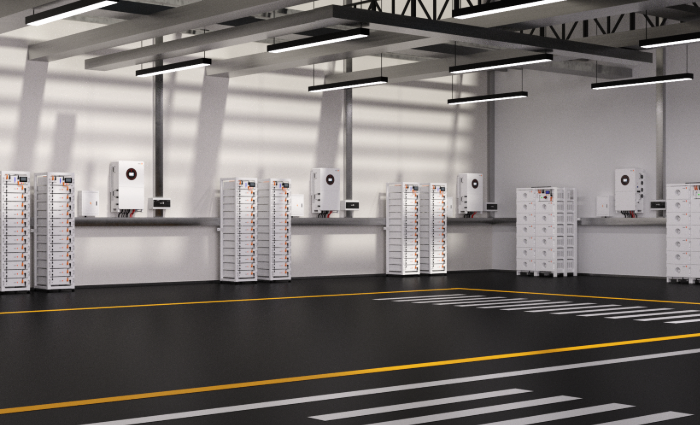
Disaster Relief & Emergency Backup
With a commercial battery storage and industrial storage inverter, shelters, hospitals, and factories get instant backup as batteries and gensets are coordinated to keep critical lighting, tools.
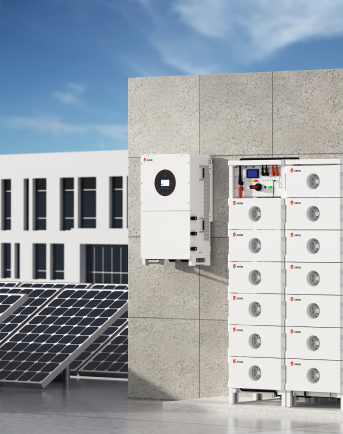
Renewable Self-Consumption
A commercial solar energy storage inverter captures surplus PV/wind, prioritizes loads, and supports export-limited or islanded modes to cut curtailment and lift self-consumption.
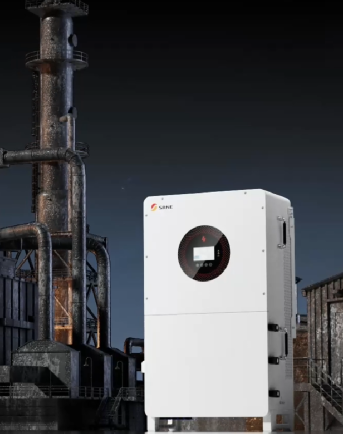
Demand Response & Ancillary Services
A C&I Storage Inverter delivers fast, bidirectional power for demand response, frequency regulation, voltage support, and reserve capacity—enabling market participation and earning grid compensation.
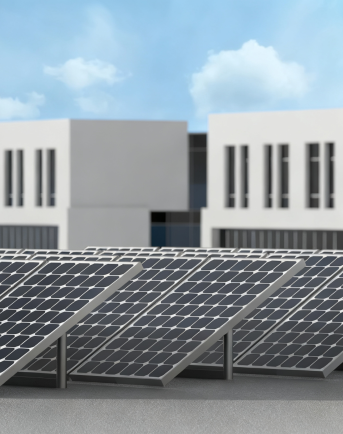
Industrial Microgrids & Edge-of-Grid Sites
Deploying a business energy storage inverter forms resilient microgrids that orchestrate PV, batteries, loads, and diesel, riding through weak grids and trimming fuel and O&M.

Power Quality & Grid Stability
A C&I Storage Inverter stabilizes weak grids by handling sags, swells, and 100% imbalance, with sustained overload for process continuity.
Know More about C&I Battery Storage Inverter
What batteries and PV modules are compatible with a C&I storage inverter?
Can a C&I energy storage Inverter provide seamless backup for critical loads during outages?
Can a C&I battery storage Inverter work with a diesel generator (genset)?
How does a C&I storage inverter scale—can units be paralleled for larger projects?
How does a commercial and industrial energy storage inverter reduce electricity bills?
What safety features are built into a C&I energy storage inverter?
Does a C&I storage inverter meet grid interconnection requirements?
How is monitoring and integration handled with a commercial battery storage systems inverter?
What are the installation and O&M considerations for a C&I battery storage inverter?
What warranty and lifetime can I expect from a C&I storage inverter system?
Smart Choices, Proven Results
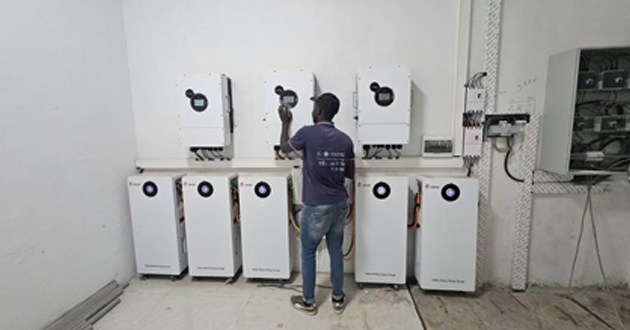
Solar Power Inverters: How to Choose the Right Type for Your Home Needs
Walk you through the fundamentals of solar inverters, explore different types such as micro inverters, hybrid inverters, and off-grid options, and provide practical tips.

How to Install Your Home Power Inverter
Home power inverters play a crucial role in modern energy systems, converting DC power from solar panels into AC power for home use.
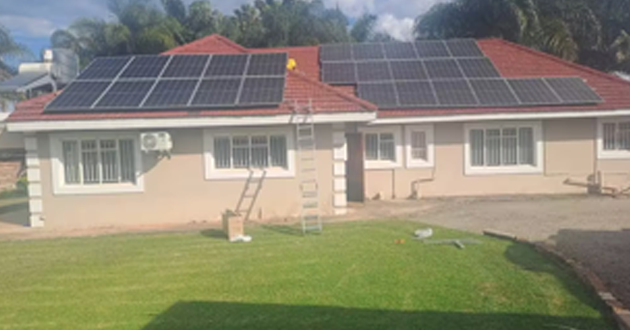
Smart Solar Inverters 2025: Trends in India, the USA & Global Markets
Explore how and why smart solar inverters are leading the renewable energy revolution in 2025.
CONTACT DETAILS
Inquiry:master@szshuori.com
Aftersale:service@szshuori.com





















